Over time, even the strongest concrete starts to show cracks and wear. Expert Tips for Concrete Repair and Restoration: Keeping Your Surfaces Like New can help you fix these issues fast. Are you tired of seeing cracks in your driveway or patio? You’re not alone. Many homeowners face this same challenge every year. The good news is, with the right guidance, your concrete can look like new again. This post gives you practical advice that really works.
Concrete Repair and Restoration Tips to Keep Surfaces Flawless
Concrete is strong, but it’s not indestructible. Weather, time, and heavy use can cause damage. Thankfully, you can restore it. Here are expert tips to help you repair concrete and keep it looking brand new.
Inspect the Damage First
Start with a careful inspection of your concrete surface. Look for cracks, holes, stains, or uneven spots. Identifying the exact damage helps you choose the best repair method.
- Small cracks need a filler.
- Large cracks require patching.
- Sunken areas may need leveling.
By checking your concrete regularly, you can catch issues early and prevent expensive repairs later.
Clean the Area Before Repairing
Cleaning is a critical first step. Dirt, oil, and debris can prevent repair materials from sticking. Use these cleaning methods:
- Sweep the area thoroughly.
- Use a pressure washer to remove deep grime.
- Let it dry before applying any repair products.
Once clean, the surface is ready for restoration. This step ensures better results and longer-lasting repairs.
Use the Right Products for the Job
Choosing the correct product is essential. Not all concrete repairs are the same. Here’s a quick guide:
- Use concrete caulk for narrow cracks.
- Apply patching compound for wider gaps.
- Use resurfacer for worn-out surfaces.
Also, follow the manufacturer’s instructions closely. Doing so improves your results and helps avoid repeat issues.
Don’t Skip the Curing Process
Curing is often overlooked, but it matters. It helps the repair set properly and gain full strength. Here are some tips:
- Keep the surface moist for at least 24 hours.
- Cover the area with plastic to retain moisture.
- Avoid heavy traffic while the surface cures.
By allowing enough curing time, you ensure a long-lasting and solid repair.
Consider Concrete Resurfacing
Sometimes cracks are too widespread to patch individually. In that case, resurfacing is a great solution. It gives your concrete a fresh, clean look.
Advantages of resurfacing:
- Covers many imperfections.
- Improves traction with new texture.
- Extends the life of your concrete.
Also, resurfacing is cost-effective compared to full replacement.
Protect Your Concrete from Future Damage
Prevention is better than repair. After fixing your concrete, protect it from future damage. Try these useful methods:
- Apply a concrete sealer annually.
- Clean spills immediately to avoid stains.
- Avoid using harsh salts during winter.
In addition, regular maintenance keeps your concrete looking fresh year-round.
Know When to Call a Professional
DIY repairs work well for small issues. However, some jobs need a pro. If your concrete is severely damaged, it’s best to call an expert.
Signs you need help:
- Deep cracks wider than ½ inch.
- Large sunken sections.
- Foundation-related concrete damage.
A professional can provide a lasting solution. Plus, it saves you time and ensures safety.
Extra Tips to Keep Your Surfaces New
To wrap up, here are more expert tips for concrete repair and restoration:
- Use flexible fillers to handle temperature changes.
- Avoid heavy machinery on fresh repairs.
- Keep gutters clear to prevent water pooling.
These small actions make a big difference in preserving your concrete.
Restore Your Concrete with Confidence Today
Now that you’ve learned these Expert Tips for Concrete Repair and Restoration: Keeping Your Surfaces Like New, it’s time to take action. Whether it’s a small crack or a big repair, we’re here to help. Contact us today for expert assistance and bring your concrete back to life with confidence.
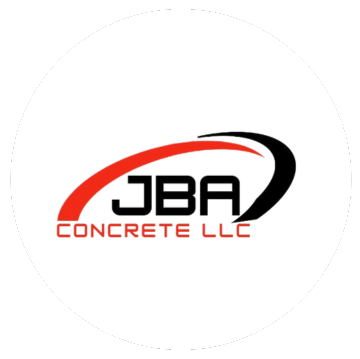
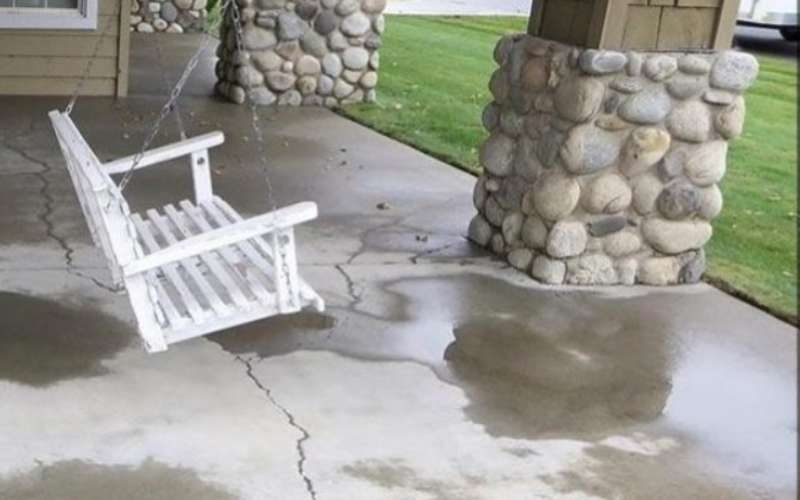
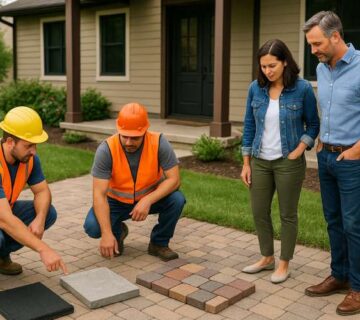
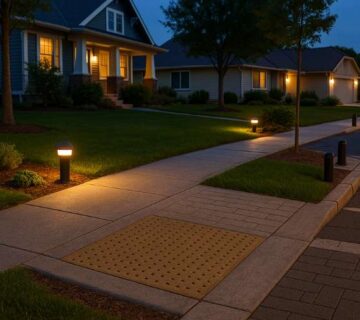
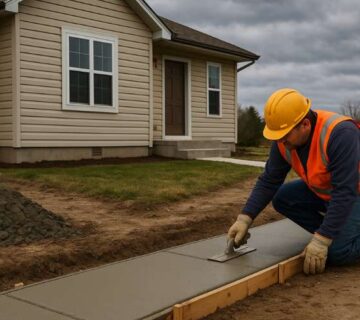
No comment